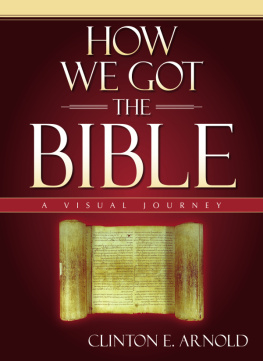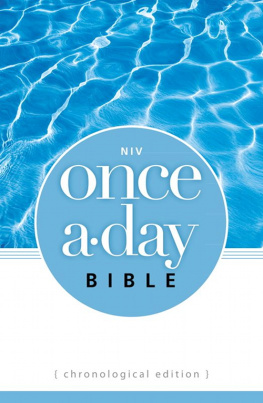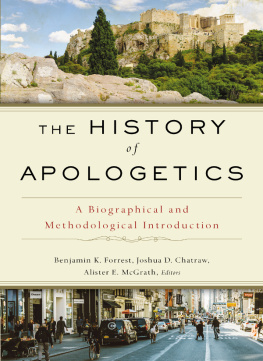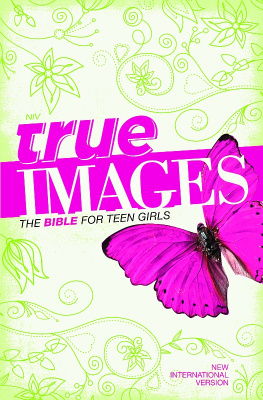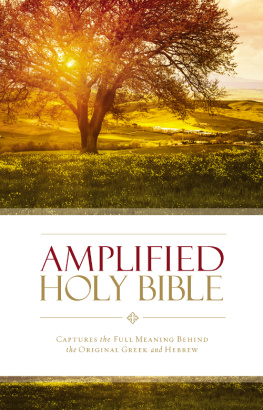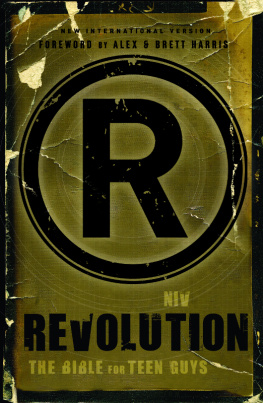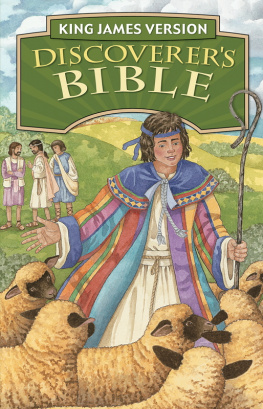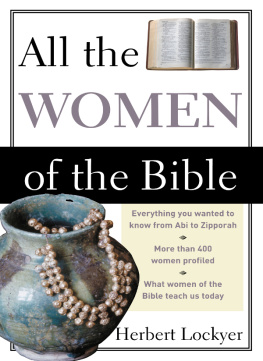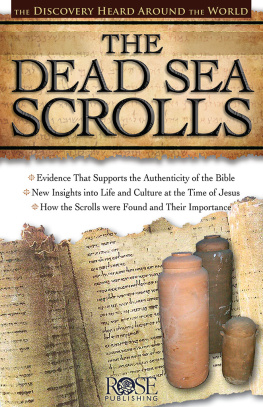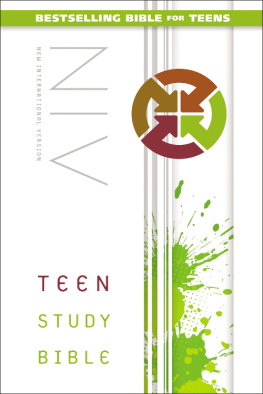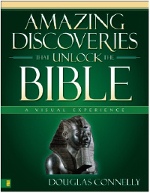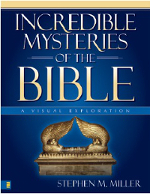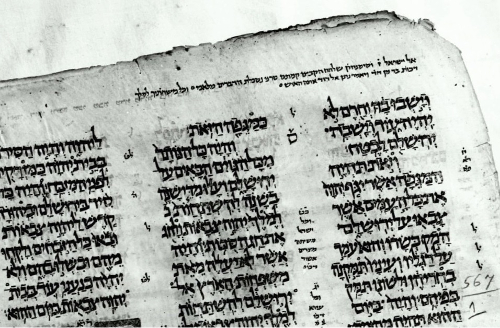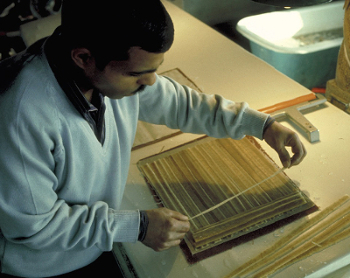How We Got the Bible
Copyright 2008 by Clinton E. Arnold
Requests for information should be addressed to:
Zondervan, Grand Rapids, Michigan 49530
ePub Edition March 2017: ISBN 978-0-310-53759-5
Library of Congress Cataloging-in-Publication Data
Arnold, Clinton E.
How we got the Bible : a visual journey / Clinton E. Arnold.
p. cm. (Zondervan visual reference series)
ISBN-13: 978-0-310-25306-8
ISBN-10: 0-310-25306-3
1. BibleHistory. I. Title.
BS445.A76 2007
220.09 dc22
2007000427
This edition printed on acid-free paper.
All Scripture quotations, unless otherwise indicated, are taken from the Holy Bible: New International Version. NIV. Copyright 1973, 1978, 1984 by International Bible Society. Used by permission of Zondervan. All rights reserved.
Internet addresses (websites, blogs, etc.) and telephone numbers printed in this book are offered as a resource to you. These are not intended in any way to be or imply an endorsement on the part of Zondervan, nor do we vouch for the content of these sites and numbers for the life of this book.
All rights reserved. No part of this publication may be reproduced, stored in a retrieval system, or transmitted in any form or by any means electronic, mechanical, photocopy, recording, or any other except for brief quotations in printed reviews, without the prior permission of the publisher.
Interior design by Ron Huizenga
08 09 10 11 12 10 9 8 7 6 5 4 3 2 1
The text of the Bible that we use today is well-attested to by many ancient copies. Although none of the original documents survive (such as the actual hand-written form of the first five books of the Bible written by Moses 3,400 years ago) we do have some very old copies of portions of the Bible. Some of these are actually very close in date to the originals. The oldest form of the Bible that has ever been discovered is over 2,600 years old. It is a portion of the book of Numbers that was written on silver leaves and discovered in 1979 near Jerusalem. The oldest portion of the New Testament that has been discovered is a papyrus fragment of Johns gospel found in the sands of Egypt. It was copied roughly thirty years after John wrote the original draft of his gospel. Discoveries of ancient texts continue to be made. Caves near the Dead Sea in Israel, storerooms in monasteries, and excavations in Egypt have all turned up manuscripts in recent years. Perhaps one of the most surprising places scholars have found Bible manuscripts in recent years has been in libraries and museums. Some of these museums contain boxes of unclassified pieces of ancient manuscripts that require enormous time and expertise to sort through and identify.
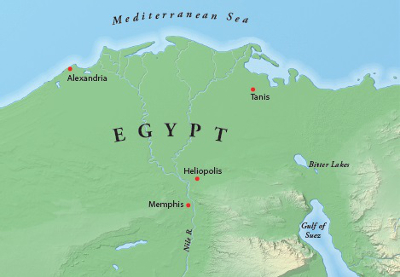
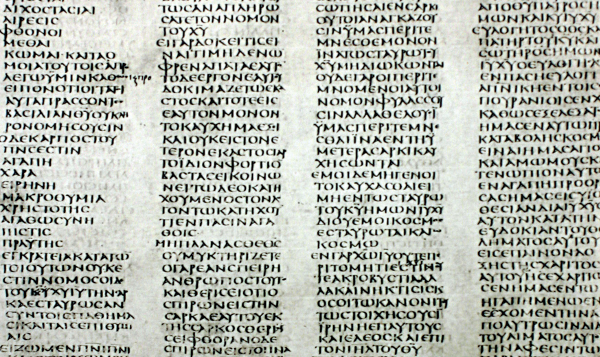
ONE OF THE TWO OLDEST COMPLETE MANUSCRIPTS OF THE NEW TESTAMENT This is a leaf from Codex Sinaiticus. The manuscript dates to the fourth century AD and also contains the Greek Old Testament.

ONE OF THE DEAD SEA SCROLLS The caves at Qumran yielded the oldest manuscripts of the Old Testament ever to be discovered. This is a scroll of the Psalms that measures thirteen feet when unrolled. It contains forty-one Psalms from the last third of the book. It was written in Hebrew and dates from about AD 30 50. It is known as Elizabeth Bechtel Psalms Scroll after the American philanthropist and is designated 11QPsa. It was discovered in 1956.
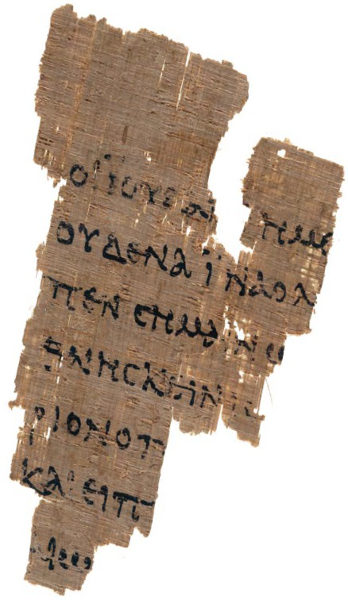
THE OLDEST FRAGMENT OF THE NEW TESTAMENT This is a portion of Johns gospel (18:31 33, 37 38) that dates to about AD 125. It is often referred to as the Rylands Fragment since it is housed in the John Rylands Library in Manchester, England. It was discovered in Egypt in the 1920s.
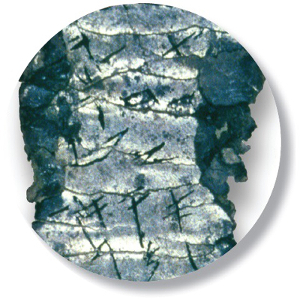
THE OLDEST FORM OF ANY PORTION OF THE HEBREW BIBLE The two thin silver rolls contain the priestly blessing from Numbers 6:24 26. They date to the seventh century BC, the time of the prophet Jeremiah. They were discovered in an excavation of a burial tomb near Jerusalem in 1979.
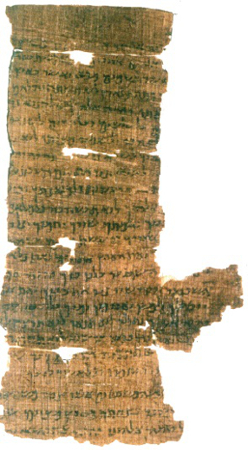
THE OLDEST FRAGMENT OF THE HEBREW BIBLE UNTIL THE DISCOVERY OF THE DEAD SEA SCROLLS IN 1947 This text is known as the Nash Papyrus and dates to the first or second century BC. It was discovered in Egypt in 1902. The scroll contains the Ten Commandments and the shema (Exodus 20:1 17 and Deuteronomy 6:4 9). It was purchased in 1902 by W. L. Nash from an Egyptian Antique dealer.
THE OLDEST MANUSCRIPT OF THE PROPHETS UNTIL THE DISCOVERIES AT QUMRAN
This is a leaf from Codex Cairensis (C) that dates to AD 895. It was copied by the famous scribe, Moses ben Asher, at Tiberias, near the Sea of Galilee. This leaf is the text of Zechariah 14 and the beginning of Malachi.
It is almost difficult for us to imagine a world without paper, pencils, pens, and now, word processors. In the ancient world, writing was a much more expensive and time-consuming endeavor. Few individuals would have owned a copy of the Bible because of the enormous cost of purchasing a hand-copied manuscript. Bibles were owned by communities synagogues and churches. The earliest forms of writing were wedge-like characters engraved on stone. No biblical texts were written in this Cuneiform script. Most of the ancient copies of the Bible were written on papyrus or vellum. Papyrus was a reed that grew in the Nile river of Egypt that could be dried and fashioned into a type of paper. Vellum was a specially prepared skin from an animal, such as a cow or a goat. This was a durable material and was sometimes erased and reused.

